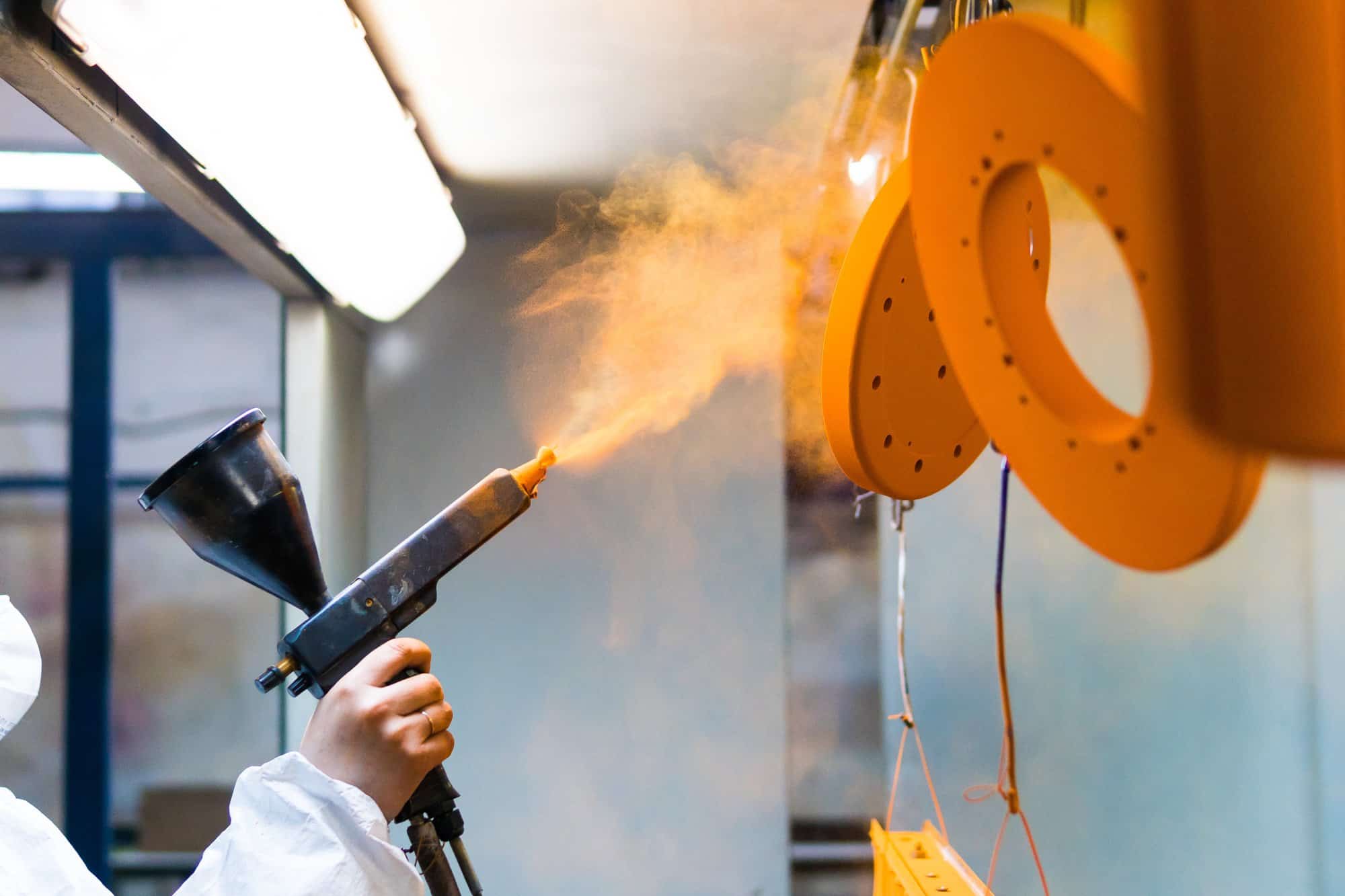Spray coating technology has revolutionized the way we apply coatings across various industries. This advanced method offers precision, efficiency, and versatility in coating application, allowing for uniform coverage on complex shapes and large surfaces. In this comprehensive guide, we’ll explore the different types of spray coating technologies and their applications, highlighting their benefits and limitations. Additionally, we will provide an overview of the most common coating application methods to help you choose the best technique for your specific needs and objectives.
Types of Spray Coating Technologies
Spray paint application is a popular method for achieving a smooth, even finish on various surfaces. Whether you’re working on a DIY project, automotive refinishing, or industrial coating, understanding the proper techniques and best practices can help you achieve professional results. Here’s a comprehensive guide to the different types of spray coating technologies, including spray paint application methods:
Introduction to Spray Coating Technologies
Spray paint application involves using a spray can or spray gun to apply a coating material in a fine mist, allowing for even and controlled coverage. This method is favored for its efficiency, ability to cover large areas quickly, and suitability for intricate designs. Various spray coating technologies offer different benefits and are suited for specific applications.
Air Spray: This traditional method uses compressed air to atomize the coating material. It’s known for its fine finish and is widely used in automotive and furniture industries. Air spray is ideal for low-viscosity materials and provides excellent control over the spray pattern.
Airless Spray: Airless spray technology uses high pressure to atomize the coating material without compressed air. This method is excellent for high-viscosity materials and provides fast coverage of large areas. It’s commonly used in industrial and marine applications.
HVLP (High Volume Low Pressure): HVLP systems use a high volume of air at low pressure to atomize the coating material. This results in less overspray and better transfer efficiency compared to conventional air spray. HVLP is popular in automotive refinishing and wood finishing industries.
Electrostatic Spray: This technology uses electrical charges to improve the transfer efficiency of the coating material. The charged particles are attracted to the grounded substrate, resulting in a uniform coating with minimal waste. Electrostatic spray is widely used in automotive and industrial applications.
Powder Coating: In powder coating, dry powder is electrostatically charged and sprayed onto a grounded substrate. The coated object is then heated, causing the powder to melt and form a uniform film. This method is known for its durability and is commonly used for metal products and appliances.
Thermal Spray: This method involves melting or heating coating materials and propelling them onto a surface. There are several thermal spray techniques, including plasma spray, flame spray, and HVOF (High Velocity Oxygen Fuel) spray. Thermal spray is used for applying wear-resistant and thermal barrier coatings in aerospace and industrial applications.
Ultrasonic Spray: Ultrasonic spray technology uses high-frequency vibrations to atomize the coating material. This method is known for its precise control over droplet size and is often used in the electronics industry for applying thin, uniform coatings.
Common Coating Application Techniques
Coating application methods are essential for protecting surfaces, enhancing durability, and achieving desired finishes. They play a crucial role in various industries, from automotive to aerospace, ensuring that products withstand environmental stresses and wear. Understanding these techniques can help you choose the best method for your needs and application requirements. Here’s a detailed look at some of the most frequently used coating application methods.
Spray Application: As discussed above, spray application includes various technologies that atomize the coating material for application. It’s versatile and widely used across industries.
Brush Application: This traditional method involves applying coatings using brushes. It’s simple, requires minimal equipment, and is ideal for small areas or touch-ups. Brush application is common in maintenance painting and artistic applications.
Roller Application: Roller application uses rollers to apply coatings. It’s faster than brush application for large, flat surfaces and provides a uniform finish. This method is popular in architectural coatings and industrial maintenance.
Dip Coating: In dip coating, the object to be coated is immersed in the coating material and then withdrawn at a controlled speed. This method ensures complete coverage and is often used for small parts or wires.
Flow Coating: Flow coating involves pouring the coating material over the object and allowing excess to drain off. It’s useful for coating irregularly shaped objects and is often used in the automotive industry for applying clear coats.
Curtain Coating: This method uses a curtain of coating material that falls onto the substrate as it passes underneath. Curtain coating is highly efficient for flat substrates and is used in wood finishing and paper coating.
Electrodeposition: Also known as electrocoating or e-coating, this method uses electrical current to deposit paint onto a part submerged in a paint bath. It provides excellent coverage and is widely used in the automotive industry for priming car bodies.
Each of these application methods has its unique advantages and is chosen based on factors such as the type of coating material, the substrate, the desired finish, and the scale of the operation. Additionally, considerations like application speed, environmental impact, and cost-effectiveness play a crucial role in selecting the most suitable method. Understanding these factors ensures that the chosen technique delivers optimal performance and durability for the specific coating project.
For more information on coating technologies, application methods, and to connect with leading suppliers in the coatings industry, visit COATINGSDIRECTORY. Our platform is dedicated to establishing effective and convenient connections between global coatings industry buyers and suppliers.
COATINGSDIRECTORY
Corporate email: bobby@coatingsdirectory.com
Tel: 86-15070647529
Year of establishment: 2020
Address: 101, Chenxin Building, Xinxu North Avenue, Xinxu Town, Qingyuan District, Ji’an City, Jiangxi Province, China
Zip code: 343061

